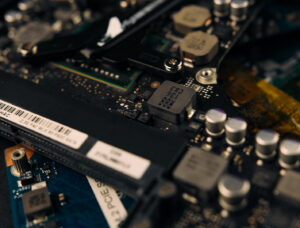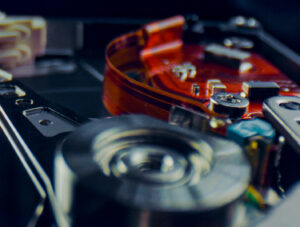Data security is a significant issue for companies operating in the digital era. National IT Disposal – the UK’s leading Secure IT Asset Recycling and Data Destruction provider – realises that safeguarding confidential information must be addressed while simultaneously protecting our environment. In this blog post, we’ll examine HMG Infosec Level 5 Enhanced sanitisation, as well as physical data destruction, and then analyse the benefits and drawbacks of both methods and their impact on our environment.

Advantages of Data Sanitisation (HMG Info sec Level 5 Enhanced): Data Sanitisation with HMG Infosec Level 5 Enhanced offers complete peace of mind that sensitive data is securely sanitised to the highest standard. The process helps protect confidential informati
on, minimising risks and safeguarding organisations from potential breaches or legal repercussions due to incomplete erasure methods in compliance standards worldwide. With an emphasis on secure destruction, National IT Disposal utilises this powerful sanitisation algorithm, allowing us to always meet our client’s security objectives when retiring IT assets. Some advantages of data sanitisation include:
1. Data Security: Data sanitisation, specifically HMG Infosec Level 5 Enhanced, provides a high level of security, ensuring that sensitive information is completely erased from the IT assets, making it unrecoverable. This is particularly important for businesses dealing with sensitive
customer data or intellectual property.
2. Reusability: Companies can save on their bottom line and reduce their environmental impact with IT asset reuse. Sanitised assets can be remarketed after secure sanitisation to generate revenue return, while also lowering impacts like carbon dioxide emissions.
3. Compliance: Strict data sanitisation protocols such as HMG Infosec Level 5 Enhanced helps businesses meet government regulations, guaranteeing total peace of mind that all information is securely sanitised from systems and devices in line with legal requirements.
Disadvantages of Data Sanitisation:
1. Time-consuming: Due to the extensive amount of time needed for each item to be data sanitised to HMG Infosec Level 5 Enhanced, it is not feasible to conduct it at a client’s premises.

Advantages of Physical Data Destruction (Degaussing/Shredding): Physical data destruction involves destroying data-bearing media by degaussing or shredding. Some advantages of physical data destruction include:
-
- The destruction of data-bearing media involves physical destruction methods like shredding or degaussing to ensure destruction of data as well as the media on which the data is stored
- Physical data destruction methods can be completed quickly on clients’ sites, allowing for data-bearing media to be destroyed before it leaves a client’s premises.
Disadvantages of Physical Data Destruction: Physical data destruction methods also have their limitations, including:
1. Environmental Impact: Physical data destruction methods such as shredding generate waste that requires refining and recycling, which can have negative environmental impacts, including increased emissions and energy consumption during the refinement and recycling stages.
2. Limited Reusability: Destroyed data-bearing media cannot be reused or repurposed, leading to the need for new IT equipment, which can be costly and environmentally unfriendly.
In conclusion, data sanitisation to HMG Infosec Level 5 Enhanced and physical destruction methods are both effective. However, data sanitisation has distinct advantages over physical destruction in terms of potential asset reuse, environmental sustainability, and regulatory compliance. Being a non-destructive method, it allows for repurposing of IT assets, reduces electronic waste, and promotes environmentally friendly practices. To ensure secure and sustainable data disposal, National IT Disposal strongly recommends data sanitisation to HMG Infosec Level 5 Enhanced. Contact us now to learn more about our secure IT asset recycling and data destruction solutions.


